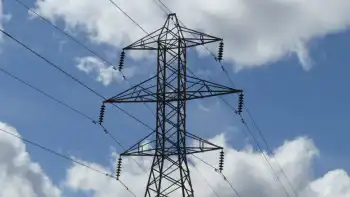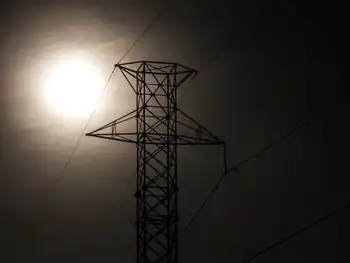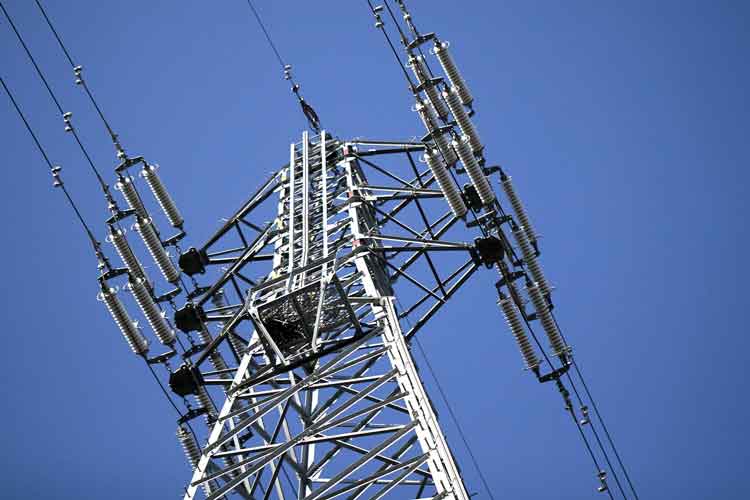Utility will pay you for power
By Knight Ridder Tribune
Protective Relay Training - Basic
Our customized live online or in‑person group training can be delivered to your staff at your location.

- Live Online
- 12 hours Instructor-led
- Group Training Available
Under the approved plan, the state-owned utility will pay or credit between 3.2 cents and 5.7 cents for every kilowatt-hour that is fed back onto its grid from the 160,000 or so homes that buy Santee Cooper power. The company currently charges about 7 cents for every kilowatt-hour of electricity.
"We will actually be in the position to cut a customer a check," said Lonnie Carter, Santee Cooper's chief executive officer. The state's 24 electric cooperatives expect to have a similar program in place by the end of the year, according to Ron Calcaterra, CEO of the Central Electric Power Cooperative.
Santee Cooper and the cooperatives serve about 40 percent of the state. Santee Cooper's power-buying plan came just weeks after the state Public Service Commission ruled that Scana Corp. and other investor-owned utilities must accept power from customers and pay or credit them for it.
In recent years, lawmakers in some 40 states mandated programs similar to the one Santee Cooper approved. Nicholas Rigas, director of the South Carolina Institute for Energy Studies at Clemson University, said the deal, though environmentally progressive, is not sweet enough to sway a lot of people to generate solar or wind power.
"I personally applaud Santee Cooper for even doing such a thing because they certainly didn't have to," Rigas said. Under Santee Cooper's plan, pricing will vary based on its system-wide demand. For instance, a homeowner generating solar power on a hot summer day would be credited more for that electricity than on a cooler fall day when the grid is not being sapped by air conditioners.
From May through October, Santee Cooper customers will earn 5.7 cents for every kilowatt-hour they generate from 1-10 p.m. Monday through Friday and 3.6 cents per kilowatt-hour at all other times. On weekdays from November through April, backyard generators will garner 3.8 cents per kilowatt-hour from 6-10 a.m. and 3.2 cents for a kilowatt-hour at all other times. Santee Cooper also will charge $12.61 to cover billing and metering costs, as well as a variable fee to pay for power lines and distribution costs.
Ralph Stork, a Myrtle Beach resident and one-man lobby for solar energy, said the plan approved does not pay enough to induce homeowners to invest in renewable energy. He said "the bottom line" is that Santee Cooper does not want people to create their own power.
"You're playing in their sandbox, and they don't like it," Stork said. The utility, however, contended that the time-sensitive pricing would be more lucrative than a flat rate to those who generate their own electricity.
And Santee Cooper will try to encourage the purchase of home generation systems by offering interest-free loans.
"We are being more generous than some of the other utilities on this," Carter said. "I think we've taken every step we can within reason to encourage this to happen."
Still, the utility does not expect many customers to participate in the program. Only a few homeowners have expressed interest to date, and sizable solar power systems cost thousands of dollars. While it laid out plans to boost its renewable energy offerings, the Santee Cooper board reaffirmed its decision to build a new coal-burning power plant in Florence County.
Environmental watchdogs have threatened to sue the utility over the proposed project, which they call a dirty and costly choice. Santee Cooper argued that it needs a major new source of electricity to keep up with demand, and coal is still its best option.
"We plan six, eight, 10, 12 years in advance," said O.L. Thompson, the utility's chairman. "And the board has not lost sight of the direction we want to head."











